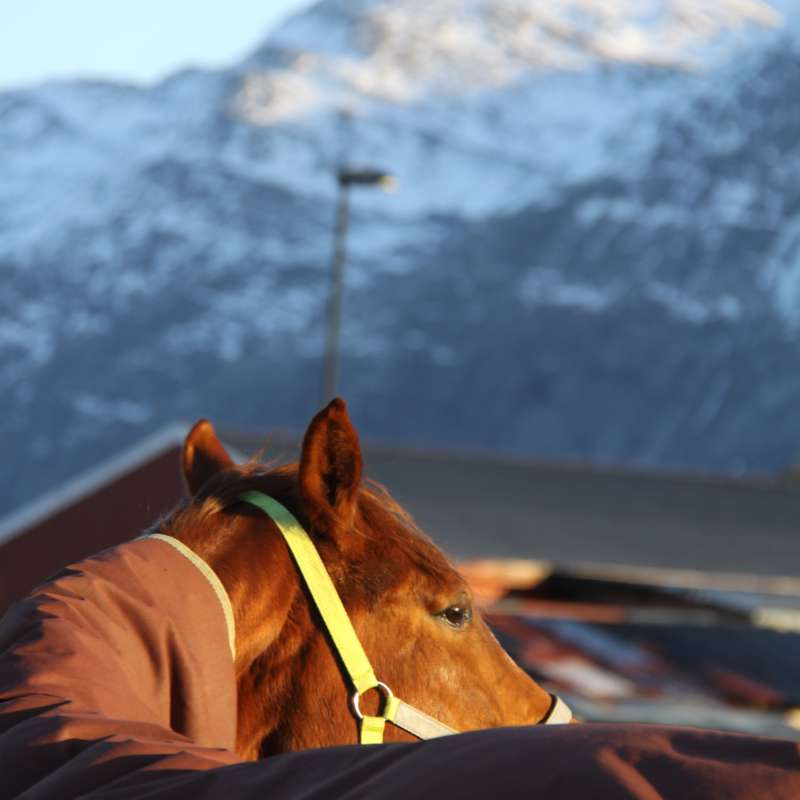Grete H. M. Jørgensen
Research Scientist
Biography
Education and areas of interest:
PhD within ethology with emphasis on animal environment and animal welfare. Have been working with thermoregualtion, climate, sensortechnology and animal preferences. My PhD project dealt with physical and social environment for sheep during the long indoor feeding period.
Professional qualifications:
- Experienced project leader within the NIBIO system. I have also worked for the Forskerforbundet organisation.
- Competence within data processing and statistical analysis.
- Scientific co-supervisor for several bachelor and masters students. Experience as teacher, lecturer and cesor.
- Have been publishing international papers on many different animal species.
- Themoregulation and social behaviour in horses.
- Experience with measurement of methane from ruminants (respiration chambers and the SF6 method)
- Development and testing of sensor technology for surveillance of animals both in barns and on rangeland pastures.
- Experience as project leader for several reindeer projects. For example: Stress and welfare for reindeer during handling, Health risks and hazards for reindeer herders, welfare indicators for reindeer and virtual fencing.
- Participated in several INTERREG projects. For example Animal Sense (Interreg Botnia Atlantica 2012-2019)
- Is appointed Person with special control responsibility for the animal welfare unit in NIBIO, and at the endorsed research animal facility at Tjøtta.
Authors
Åsa Maria Olofsdotter Espmark Endre Grimsbø Tor-Atle Mo Kristin Opdal Seljetun Sonal Jayesh Patel Espen Rimstad Marco Antonio Vindas Erik Georg Granquist Grete H. M. Jørgensen Janicke Nordgreen Ingrid Olesen Sokratis Ptochos Amin SayyariAbstract
No abstract has been registered
Authors
Åsa Maria Olofsdotter Espmark Endre Grimsbø Sonal Patel Espen Rimstad Kristin Opdal Seljetun Marco Vindas Erik Georg Granquist Grete H. M. Jørgensen Janicke Nordgreen Ingrid Olesen Amin Sayyari Tor Atle MoAbstract
VKM has assessed animal welfare during stunning and killing of farmed fish in Norway. This report gives an overview of species differences which have significance for the slaughter procedures. The general conclusion is that there is a general lack of scientific documentation to meet the legislation stating that fish must remain unconscious after stunning until death by exsanguination. VKM also finds a risk of reduced animal welfare due to lack of documentation of the time from gill or cardiac cutting to cessation of brain activity. Further research and documentation are needed to understand how different behavioural and physical measurements conducted at the slaughter facility, correspond with the electroencephalogram (EEG) measurements of unconsciousness.
Authors
Vibeke Lind Quentin Lardy Haldis Kismul Shelemia Nyamuryekung'e Mårten Hetta Mohammad Ramin Grete H. M. JørgensenAbstract
No abstract has been registered

